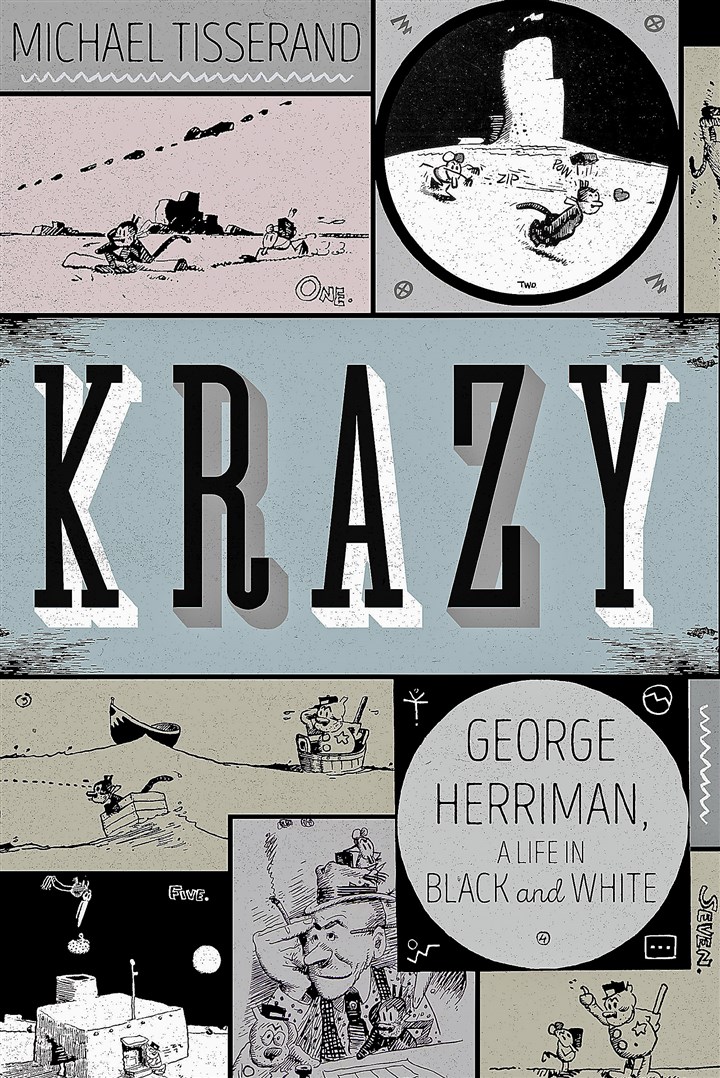“You’re the one with the slaves in your family”Posted in Articles, Biography, Louisiana, Media Archive, Passing, United States on 2017-11-11 23:31Z by Steven |
“You’re the one with the slaves in your family”
Salon
2017-10-28

(Credit: Salon/Ilana Lidagoster)
I went looking for information on my mother’s side of the family. My experience was eye-opening
Excerpted with permission from “White Like Her: My Family’s Story of Race and Racial Passing” by Gail Lukasik. Copyright 2017, Skyhorse Publishing.
The windowless basement of the Buffalo Grove Family History Center had the feel of an underground bunker—fluorescent lights, cinder block walls, the musty scent of dampness. At the room’s entrance sat a gray-haired woman, birdlike and benign. With robotic precision, she meted out instructions on how to use the machines, where the microfilms were located and how to order original documents. She appeared as nondescript and gray as the walls.
I’d come to the family history center in search of my grandfather Azemar Frederic. I was between adjunct college teaching jobs, applying for tenure track teaching positions in creative writing, and working part-time as an assistant editor for a medical journal. The year before, I’d been offered a position in creative writing at a liberal arts college in Tennessee. But I turned it down. Uprooting my life at the age of forty-nine for a position that paid in the low five figures seemed foolhardy. My husband would need to obtain a Tennessee dental license to practice dentistry, and we would have to pay out-of-state tuition at the University of Illinois for our daughter Lauren. So I resigned myself to seeking positions in the Chicago area where the competition was especially rigorous and my chances for success slim.
I had time on my hands and an insatiable longing to find Azemar who over the years had become more and more unreal to me as if he never existed, was a figment of my mother’s imagination. Without a photograph of him, I had nothing physical to connect him to me. This need for a physical image of him was primal. It was an aching absence that I needed to fill…
Read the entire article here.






